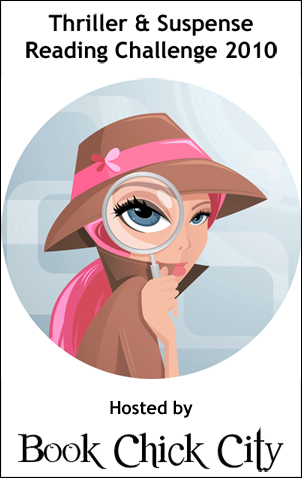How much is too much? You need to learn what is necessary for the story. These come with experience, but a beginner can start developing them by recognizing the problem.
The problem is love. You love your story. You love your characters. You love the world you've invented. You want your readers to see them, appreciate them, and understand them just as you do yourself. And since you don't want your readers to start with the wrong impression, you pile up descriptive scenes as soon as the story opens. Or you drop in a big lump of description right after that 'grabber' first line you know you're supposed to have, in order to steer the reader into your vision.
For instance:
The car plunged through the barrier and over the cliff.and so on.
Nadine prayed the airbag would save her, her generous mouth opened in a scream, her periwinkle blue eyes fixed in horror on the ocean below, her auburn hair, thick and luxuriant, streaming behind her, her elegant, long legs braced for the crash.
Nadine had always been strikingly beautiful, even as a child. Her hair, less golden then, was always held back by a blue ribbon. In summer a few delicious freckles dusted her nose. Wide shoulders had led, in adolescence, to a bosom of graceful proportions. Her hands were elegant and beauticians often commented on her healthy nails, nails that were now digging into the car's upholstery....
How can we avoid this mistake? Rewrite your work, excluding every scrap of description. Now how does the story read? If a detail was not necessary, its absence will not be noticed. You'll be surprised how little description you actually need.
Use action to describe.
 |
| From Careless in Red by Elizabeth George |
Use dialog to describe. (In the example below, we know their are trees, a fence, markers and in clear view of a house.)
 | ||||
| From One Last Breath by Stephen Booth |
A basic rule of writing: don't add anything that does not propel the story. Two people rushing through the night to the hospital is action, two people arguing in the car as they rush to the hospital is character development within action. The fact that one of them is six foot tall with blue eyes is neither action nor illumination.
Advice for beginners: cut. And keep cutting until you think you have reduced your story to a skeleton. The skeleton is your story. The rest is blubber.
Source: here
Check out Corra's blog about characters today!





















15 comments:
Great post. Writing is such a learning experience. I don't think it ever stops.
Haha, that first example sounds very familiar, like a submission I might have read quite recently! Oh, it is so very, very bad.
I laughed at that first example. I used to think you were supposed to start in action then immediately write a description - stopping the action short for several paragrraphs.
What a difference a year makes!!
Thanks for the mention, Ann! I'm tweeting this.
Corra
corra's writing room
from the desk of a writer
I have this problem, or had this problem. It's so hard not to gush everything about your characters to your readers, but it's necessary to hold back if you want to keep them interested.
Great post Ann. I love your writing tips. :)
Great tips as usual, Ann! I've tweeted them. :)
Elizabeth
Mystery Writing is Murder
excellent post! I know what you mean about info dumping. it totally takes the reader out of the story...
Thanks for posting this!
Some great advice here! I tend to under describe the characters appearance but over describe the scenery around them. This still applies though - thanks for the tips!
Good advice! We do have to trust our readers - not always easy to remember.
I'm pretty good at eliminating needless description (screenwriting helped with that), but it's taken me a while to learn I shouldn't entirely explain what's going on. I try not to leave the reader confused, but a bit of mystery "Who's this person? How do they know the MC? What is she doing!" makes it more interesting. It's a tough balance and requires good test readers.
Great post Ann, I've only just begun to learn about editing and I think cutting is fun! Yep I do. That means I can ramble on and write whatever rubbish I want when I'm writing, no longer do I have to worry over every word - because all that comes later with the cut!
Very enlightening post and great tips. Too much at first can stop a reader cold.
Carol, and I think that's one of the reasons I haven't stopped...I stop doing the things that bore me.
Karen, yea... it's so bad it's funny.
Corra, thanks for the tweet...I think it's funny too.
Kimberley, glad you liked it...
Charmaine, glad you like cutting. Some writers don't. They love their words and want to keep.
Mason, thanks for commenting. And glad you liked the post.
ann
Elizabeth and Elizabeth, glad you're like the posts.
Harley, I'm actually the opposite, I describe nothing really and have to go back and say they're male or female...nah, not really that bad.
Jemi, good point 'trust our readers.'
Lorel, test readers are very important. I value mine so much.
Great knowledge here. As a reader, it is frustrating to be told EVERYTHING. As a writer, it is hard to leave things out!
Michele
SouthernCityMysteries
You are so right -- and knowing how to put the tiny bits of description in the right places without overdoing it is an art. It takes lots of writing practice (and a box of red pens) to figure it all out.
great post ann..I have just started writing because i love english literature..and what you are doing here with your quotes , sonnets and writing skills' discussion are really going to make me want to follow your blog..:)
Post a Comment